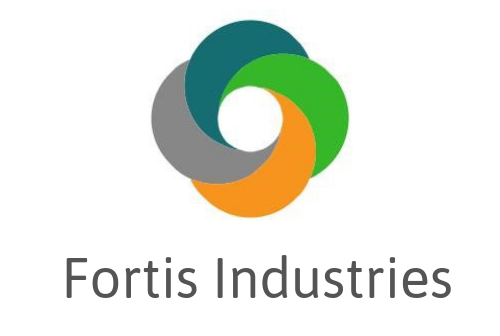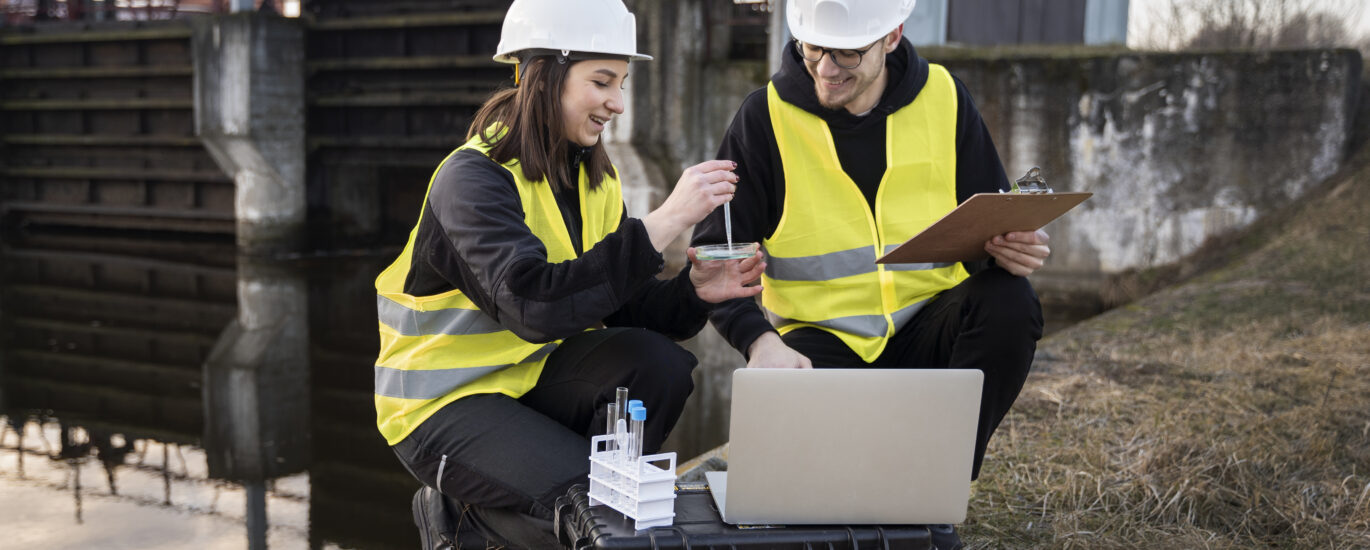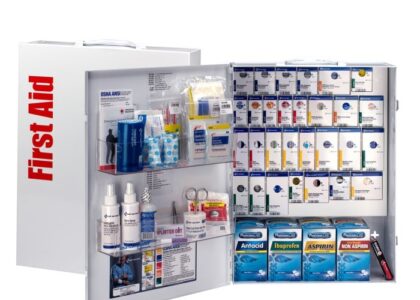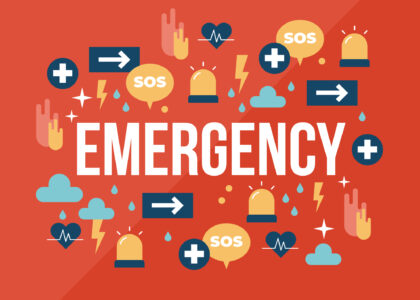In the realm of industrial operations, safety extends beyond personal protective equipment and training. The environment itself can pose risks through gases, particulates, and other hazards invisible to the naked eye. Monitoring these environmental factors is crucial for maintaining a safe workplace. Here are the top seven environmental monitoring instruments essential for industrial safety:
- Gas Detectors: These devices are indispensable in environments where there is a risk of gas leaks, such as carbon monoxide, methane, or other toxic gases. Portable and fixed gas detectors alert workers to dangerous concentrations, allowing for prompt evacuation and action to mitigate leaks.
- Air Quality Monitors: Air quality monitoring is critical in industries that emit particulates, vapors, or other pollutants. These monitors measure levels of various pollutants, ensuring they stay within safe limits as defined by health and safety regulations. They help in assessing the effectiveness of ventilation systems and in making necessary adjustments to protect workers’ health.
- Noise Level Meters: Long-term exposure to high noise levels can lead to hearing loss among workers. Noise level meters, or sound level meters, help identify areas with potentially harmful noise levels, guiding the implementation of noise reduction strategies or the use of personal protective equipment.
- Radiation Detectors: In industries where radioactive materials are used or produced, radiation detectors are critical for safety. These instruments measure levels of ionizing radiation, ensuring worker exposure does not exceed safe limits.
- Thermal Cameras: Thermal cameras can detect overheating equipment, electrical faults, or leaks in thermal insulation. By identifying these hotspots, thermal cameras help prevent fires, equipment damage, and energy loss, contributing to a safer and more efficient workplace.
- Water Quality Testers: In industries where water is used in processes or as a coolant, monitoring water quality is essential. Water quality testers assess parameters such as pH, conductivity, and contamination levels, ensuring water is safe for use and discharge.
- Dust Particle Counters: Dust and fine particulates can be hazardous to respiratory health. Dust particle counters measure the concentration of particulates in the air, identifying areas where dust control measures are needed to protect workers.
By integrating these environmental monitoring instruments into their safety protocols, industries can significantly reduce the risk of accidents and health issues, fostering a safer work environment for all employees.
Image by Freepik






